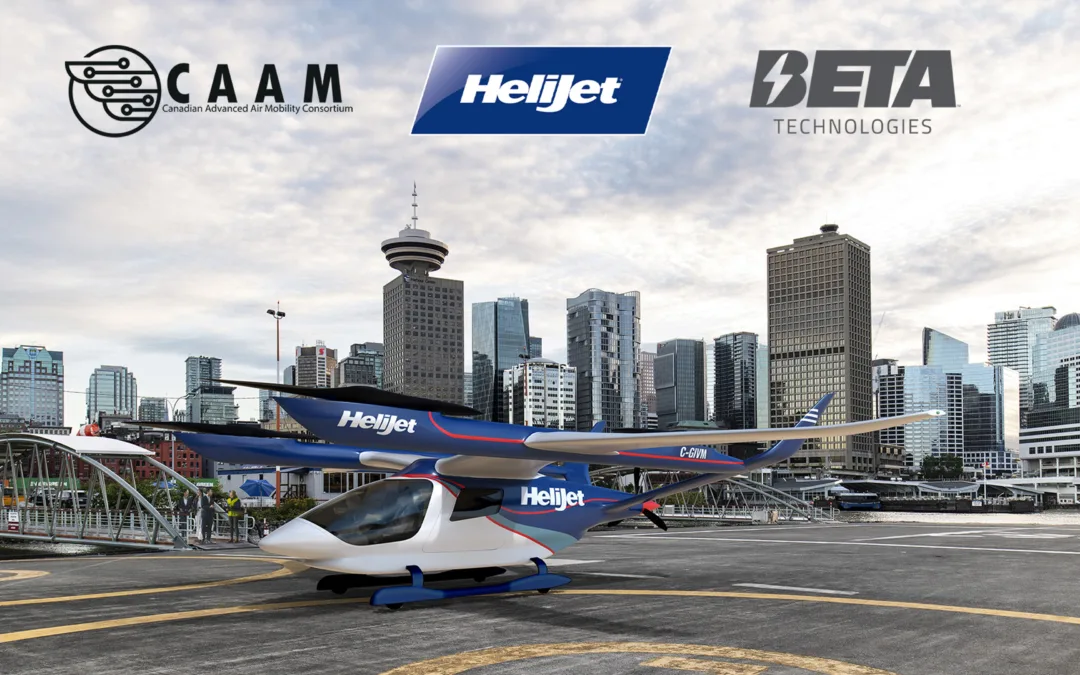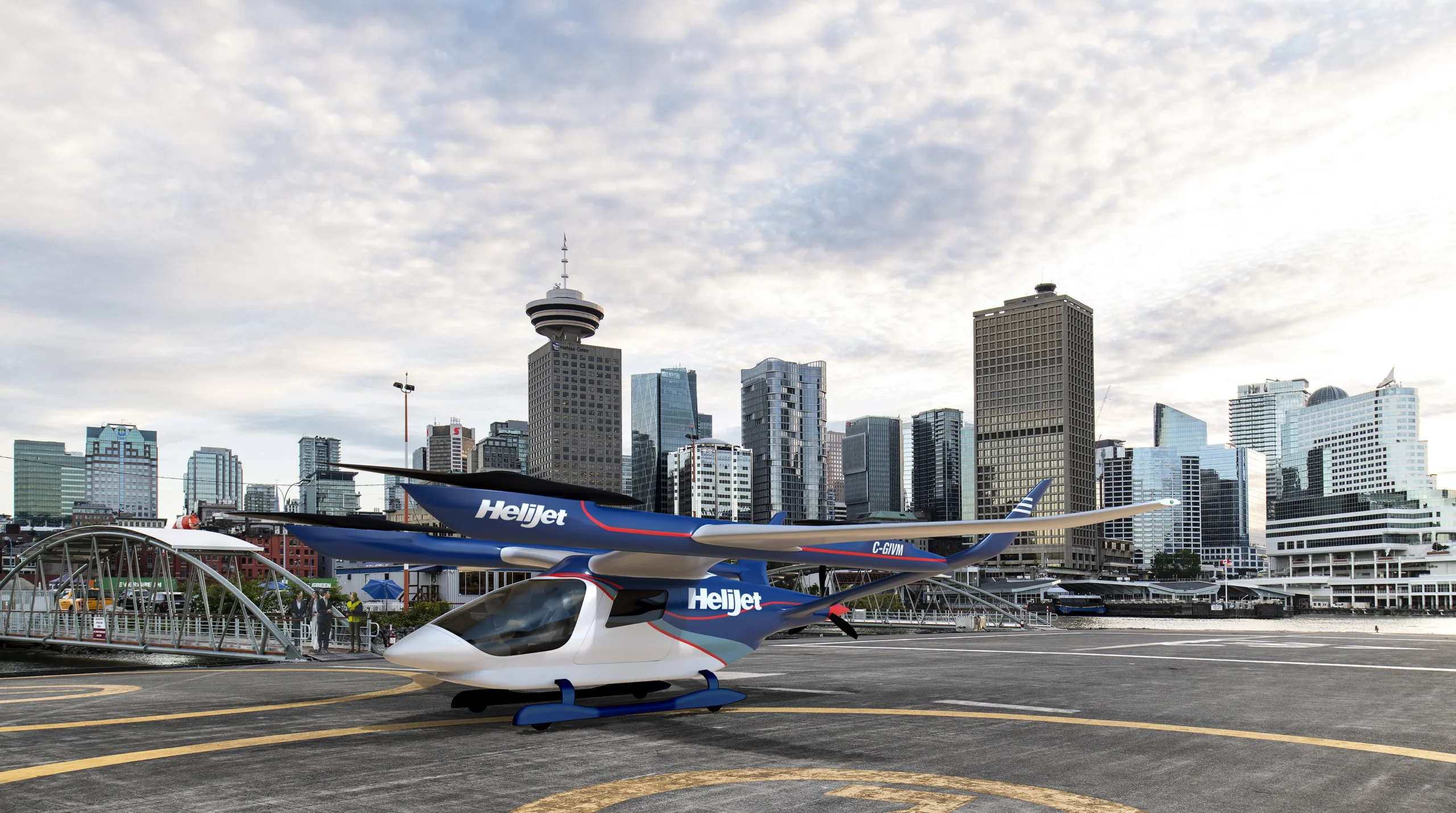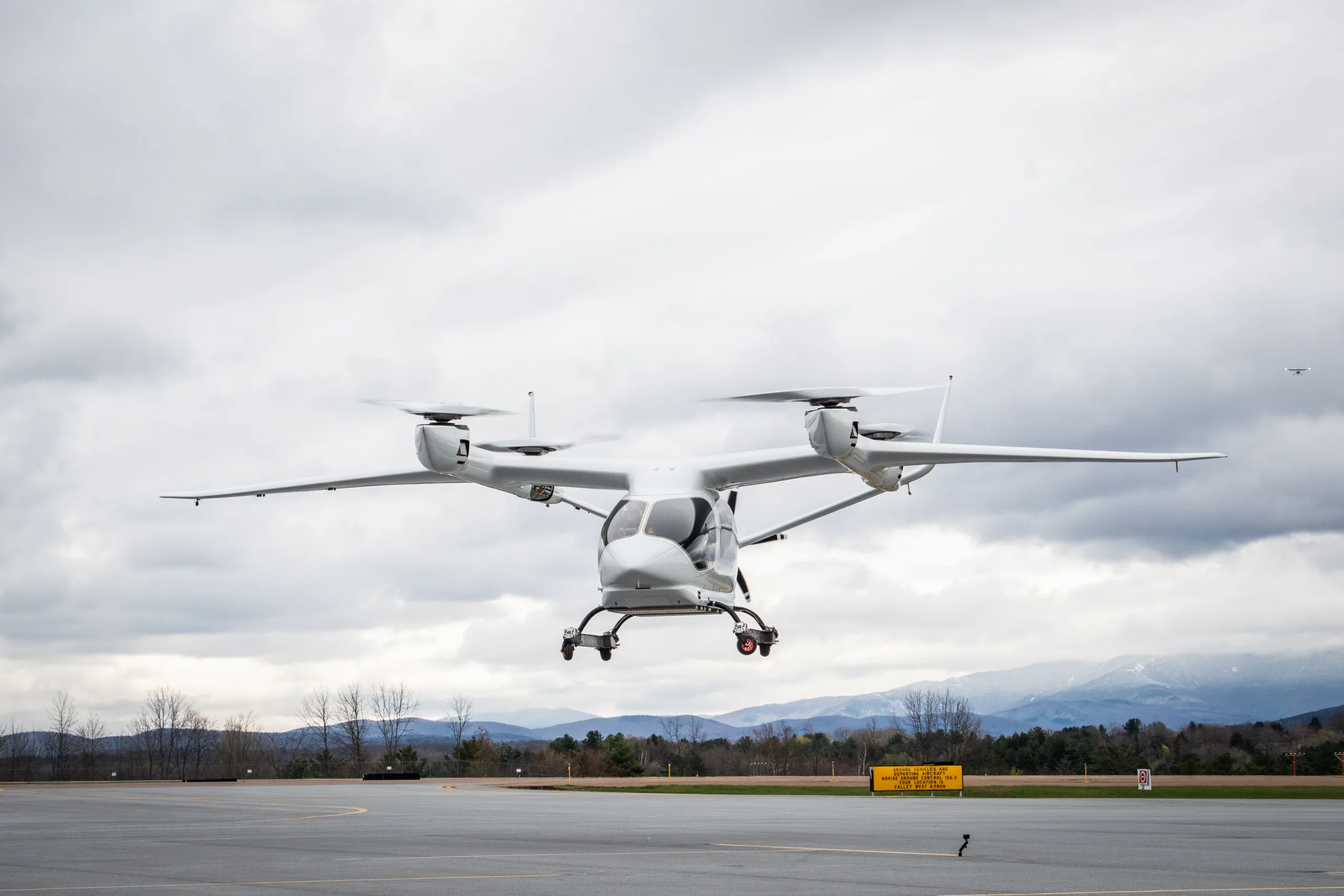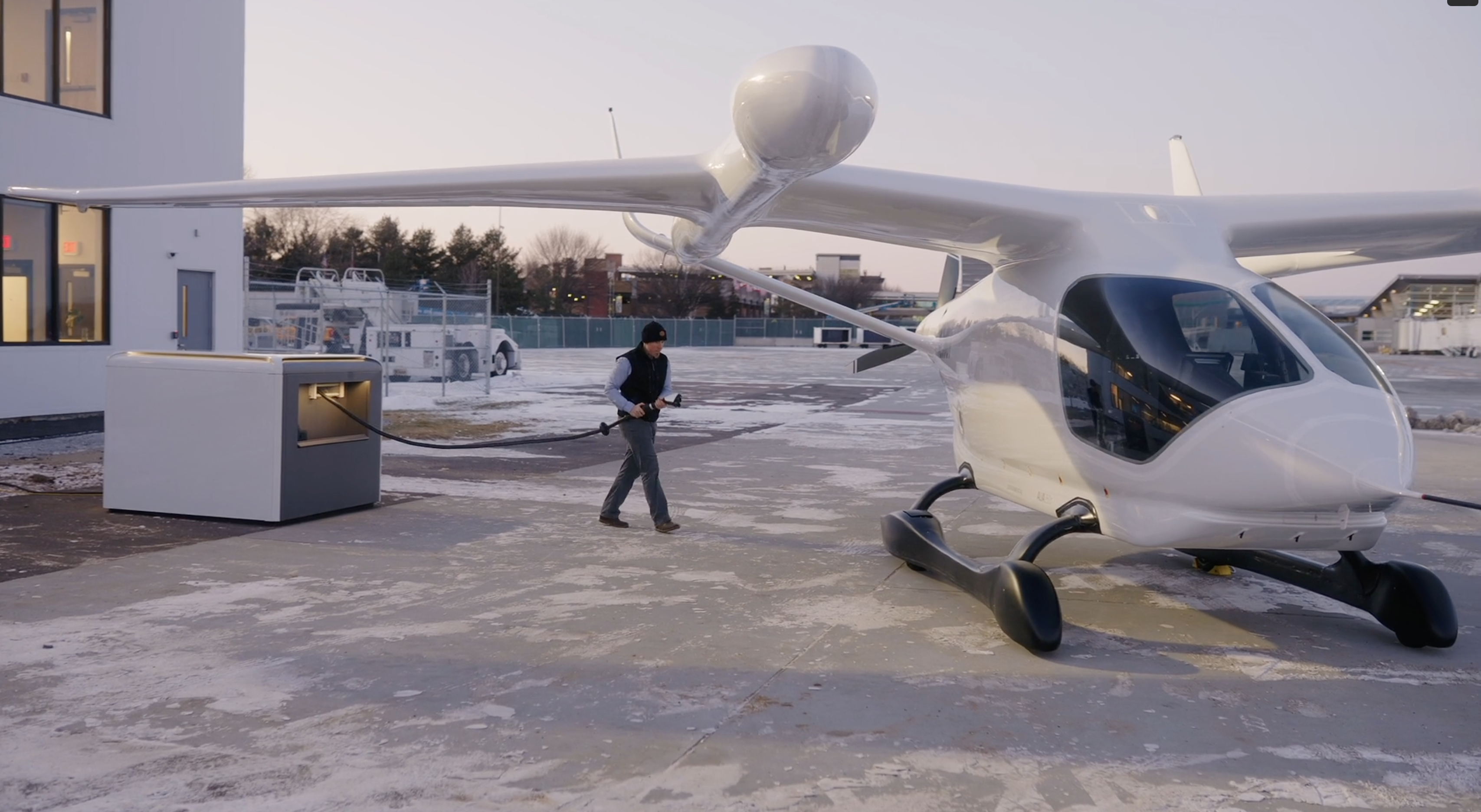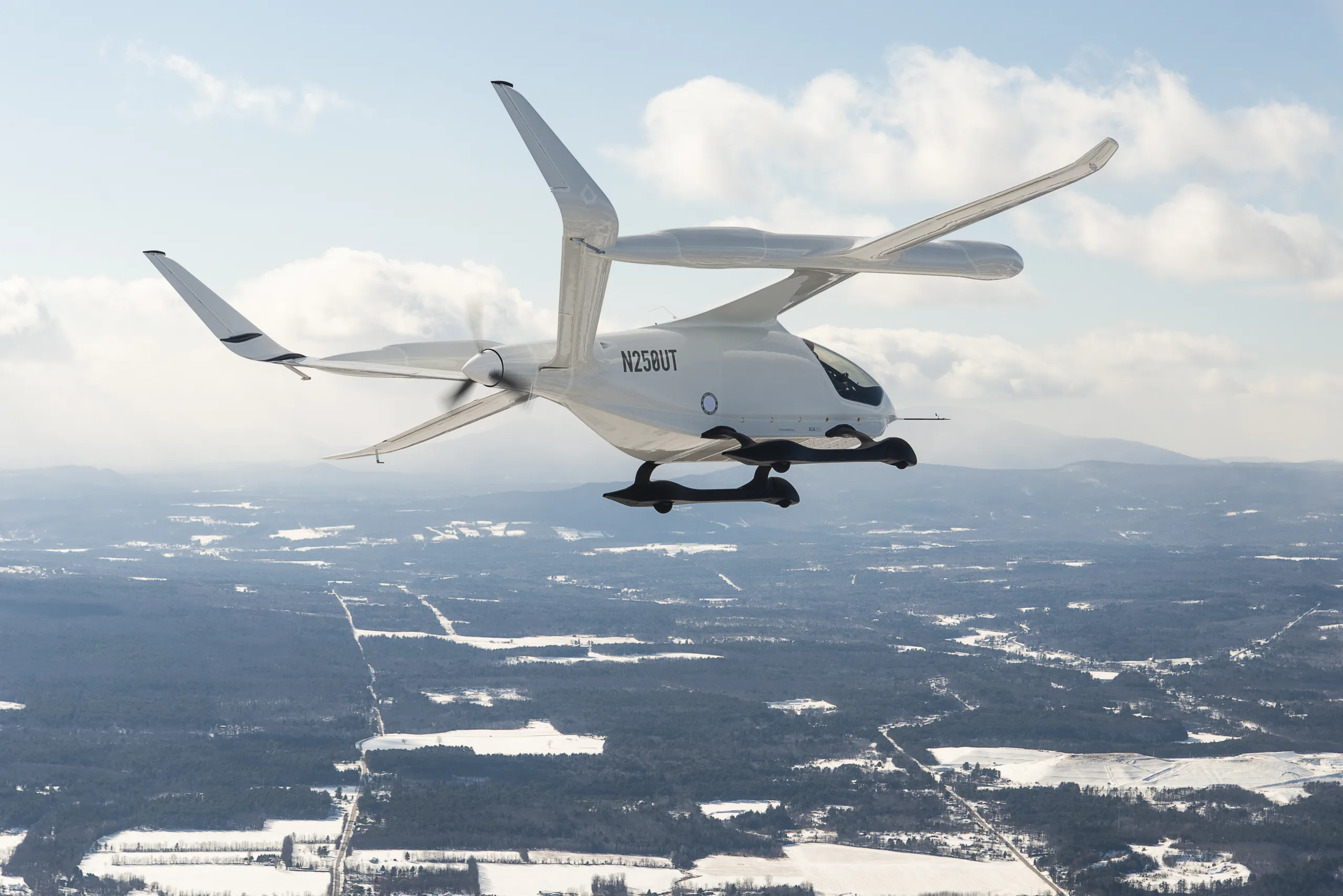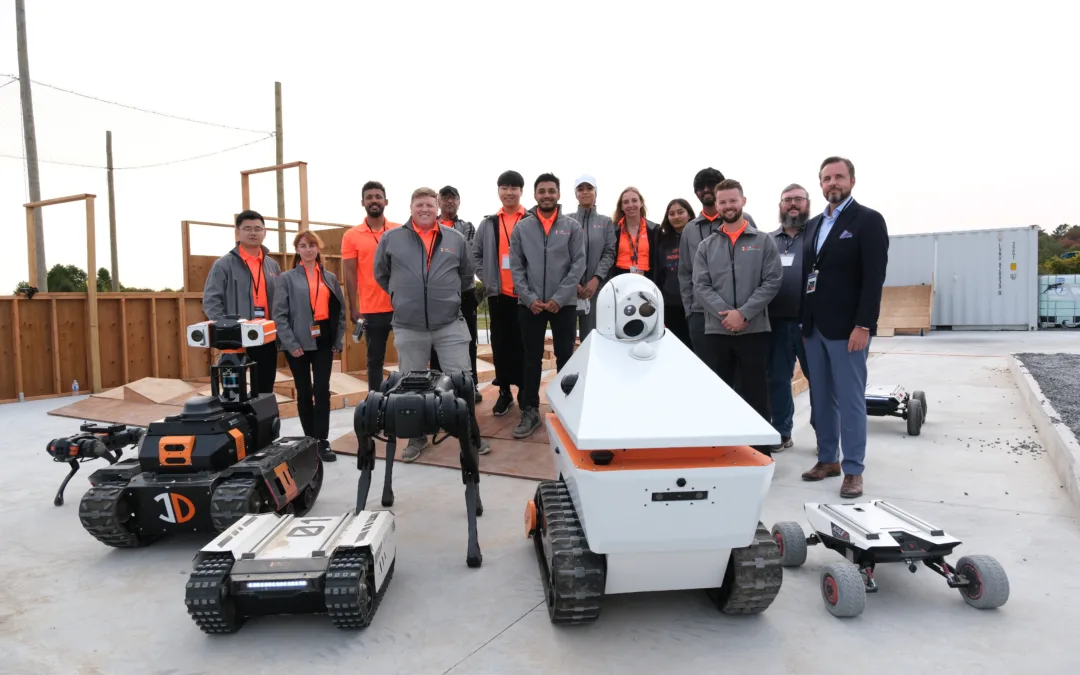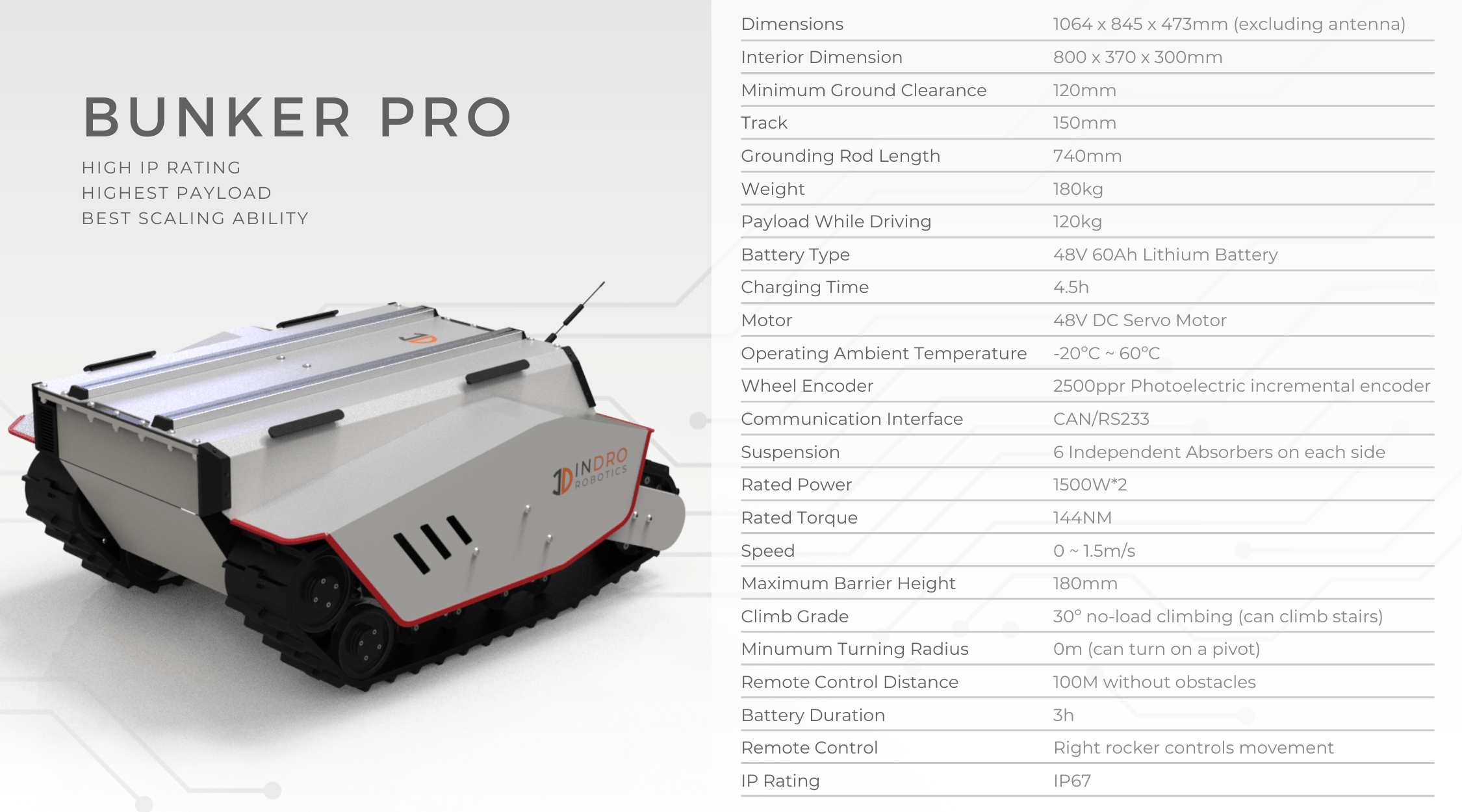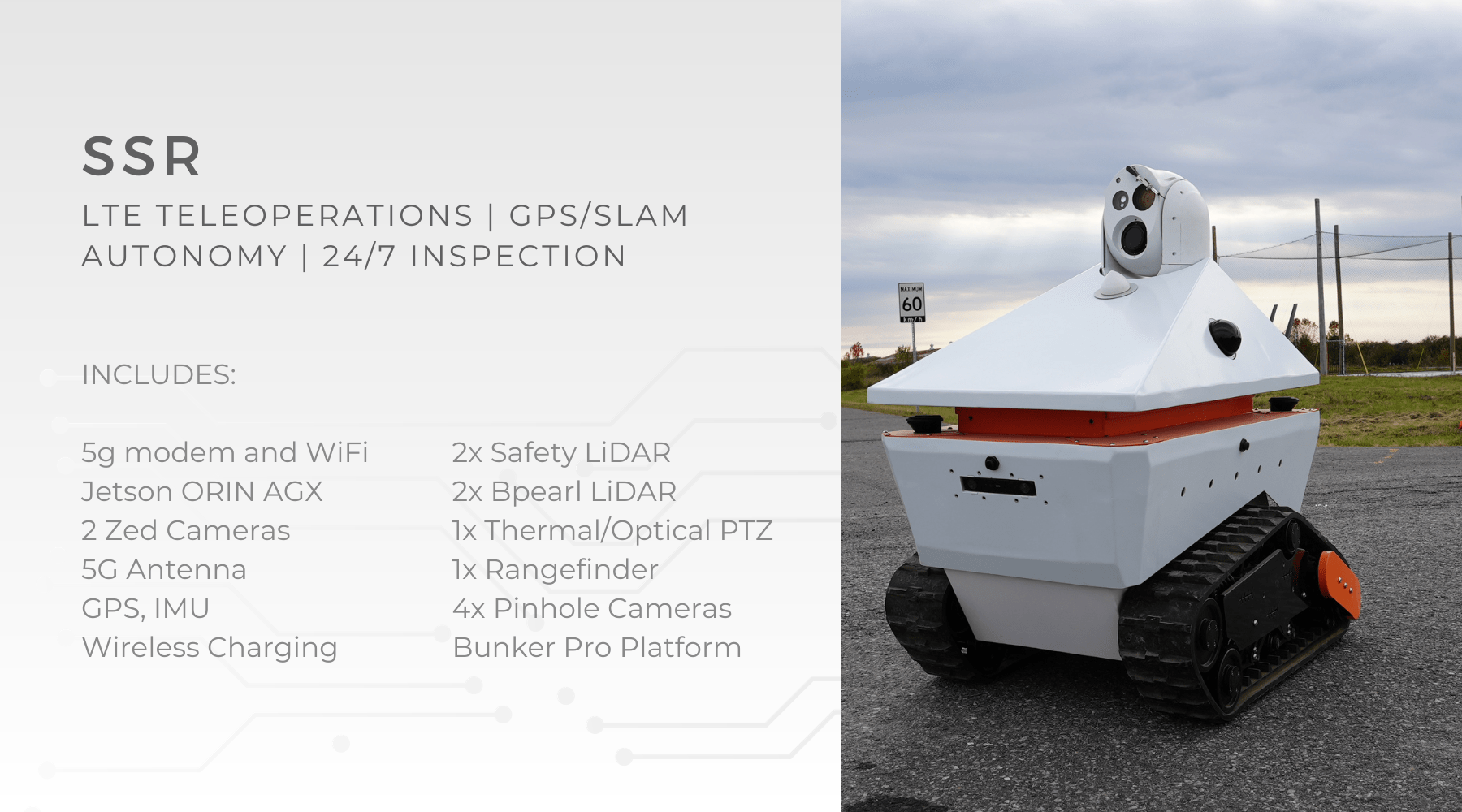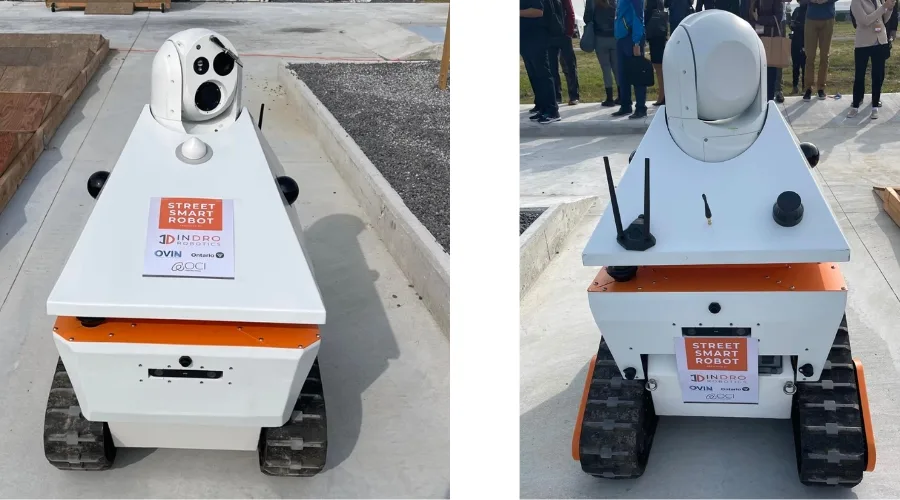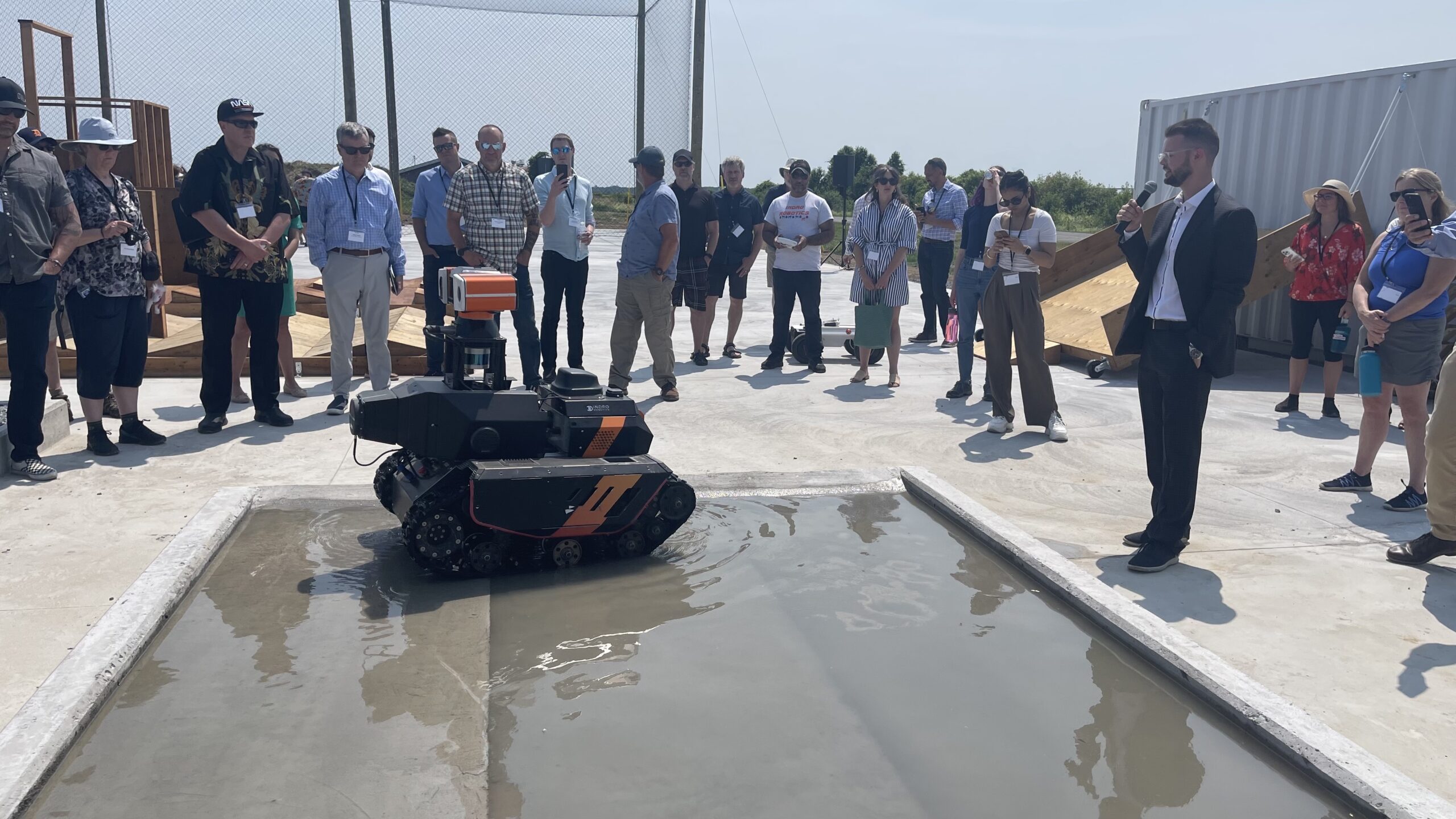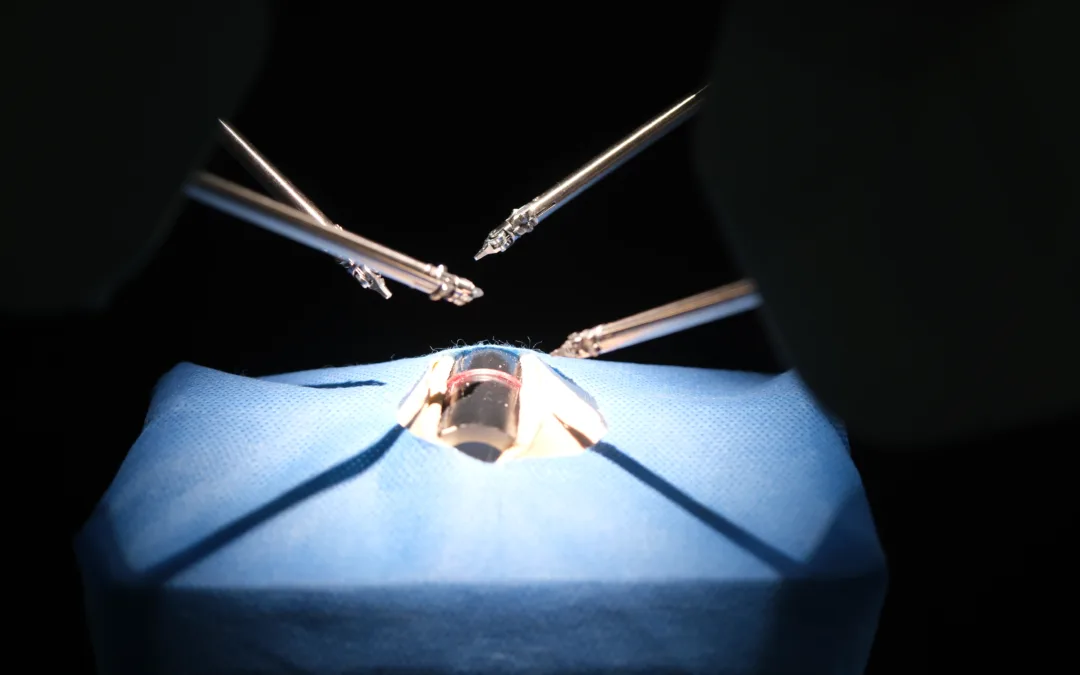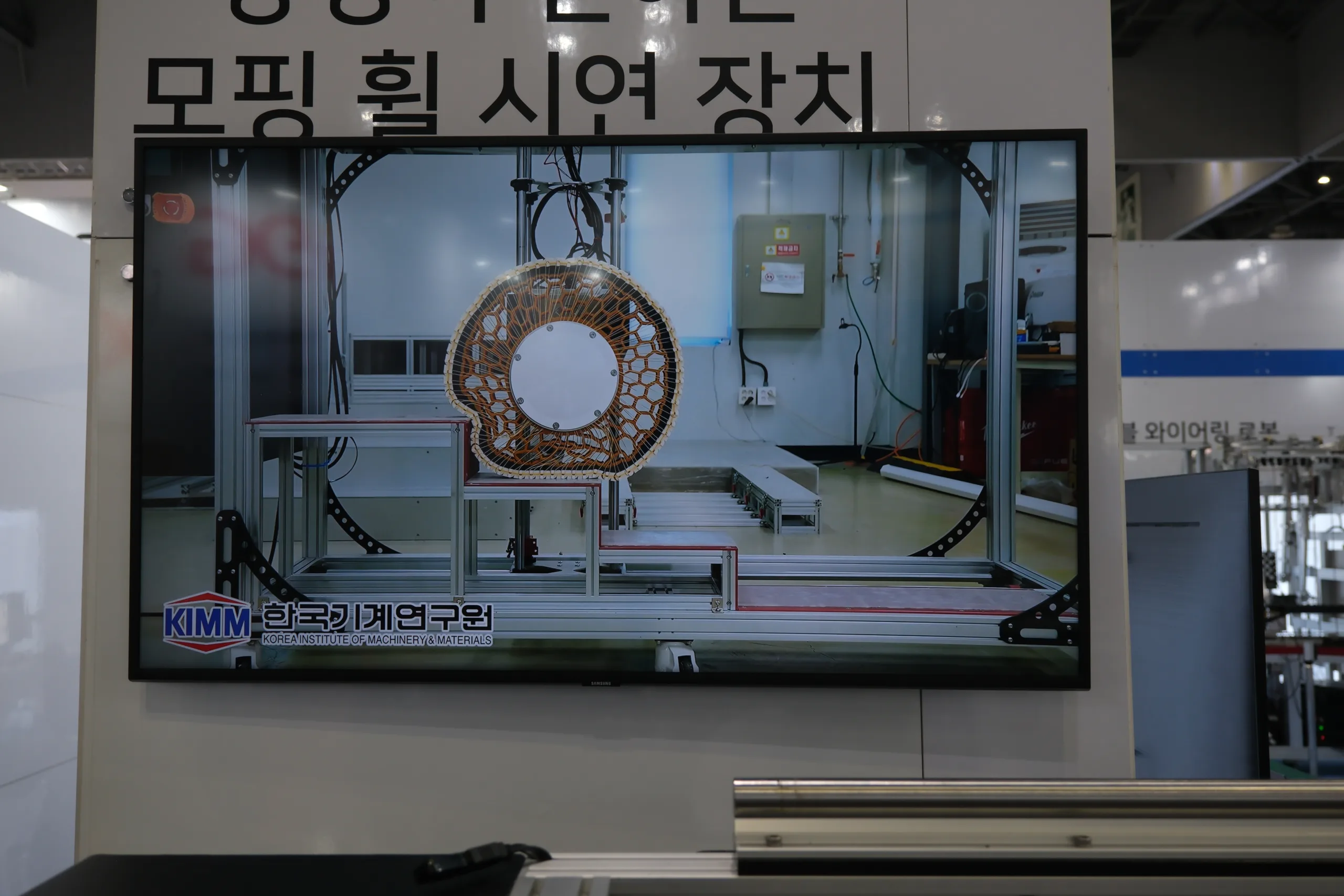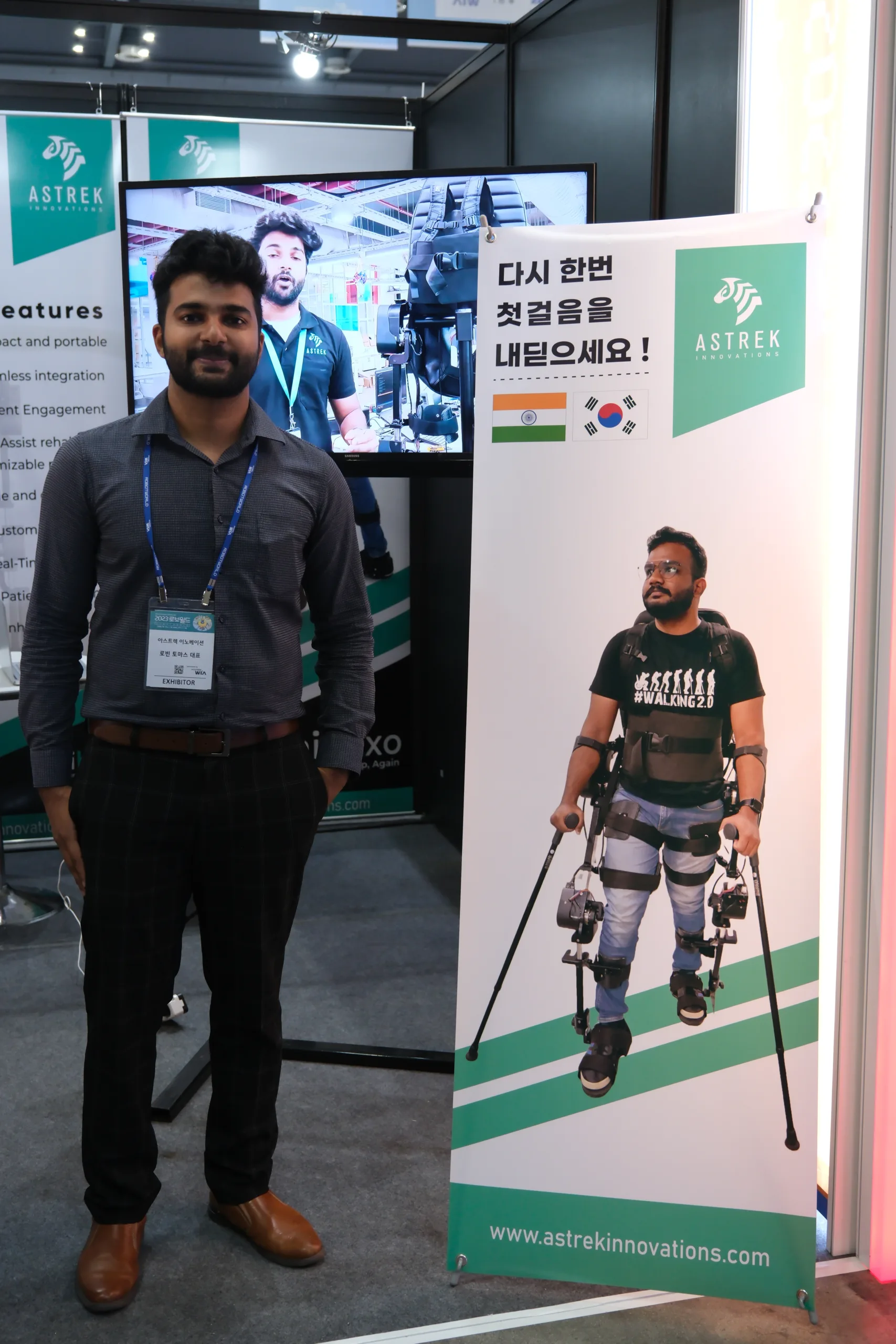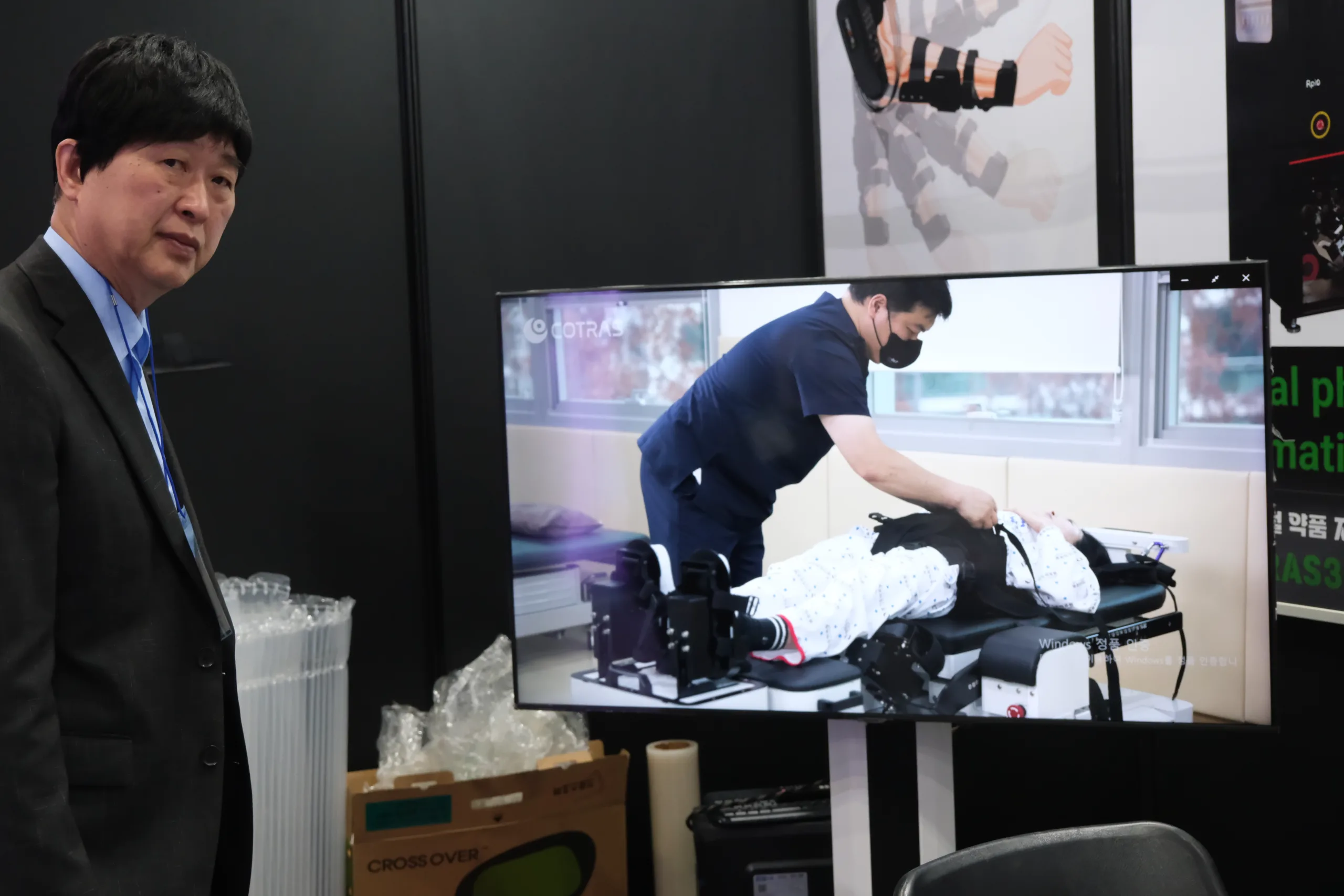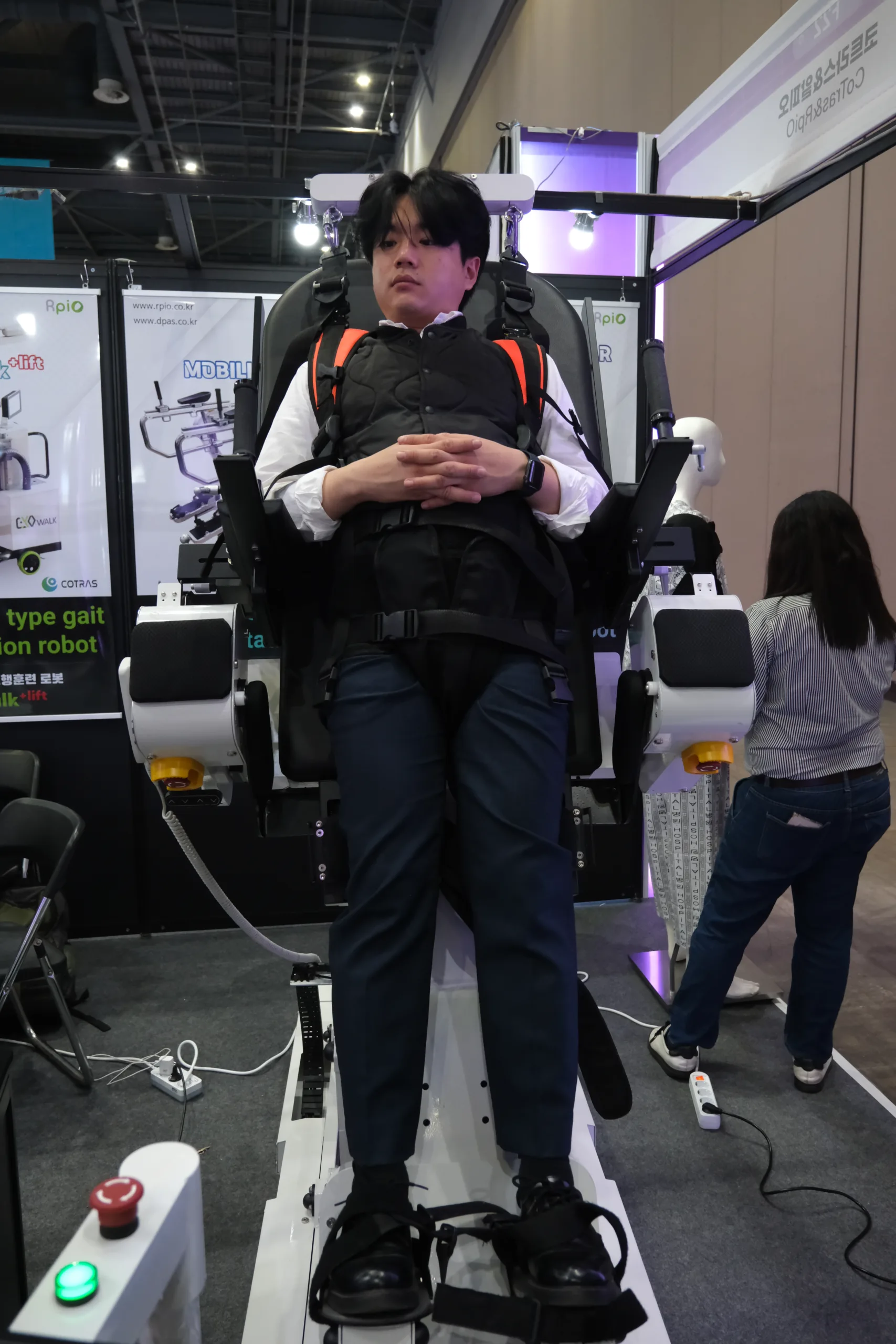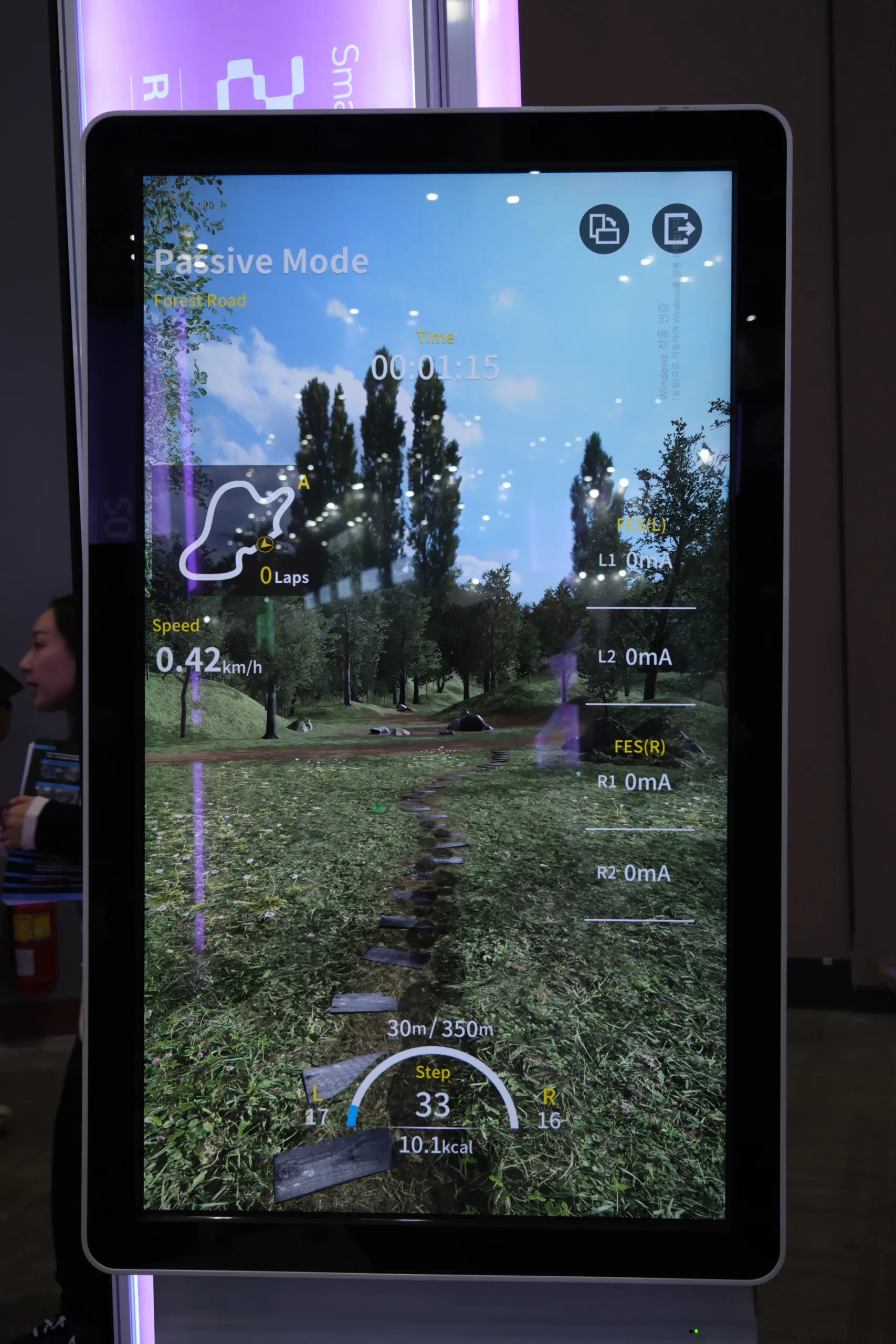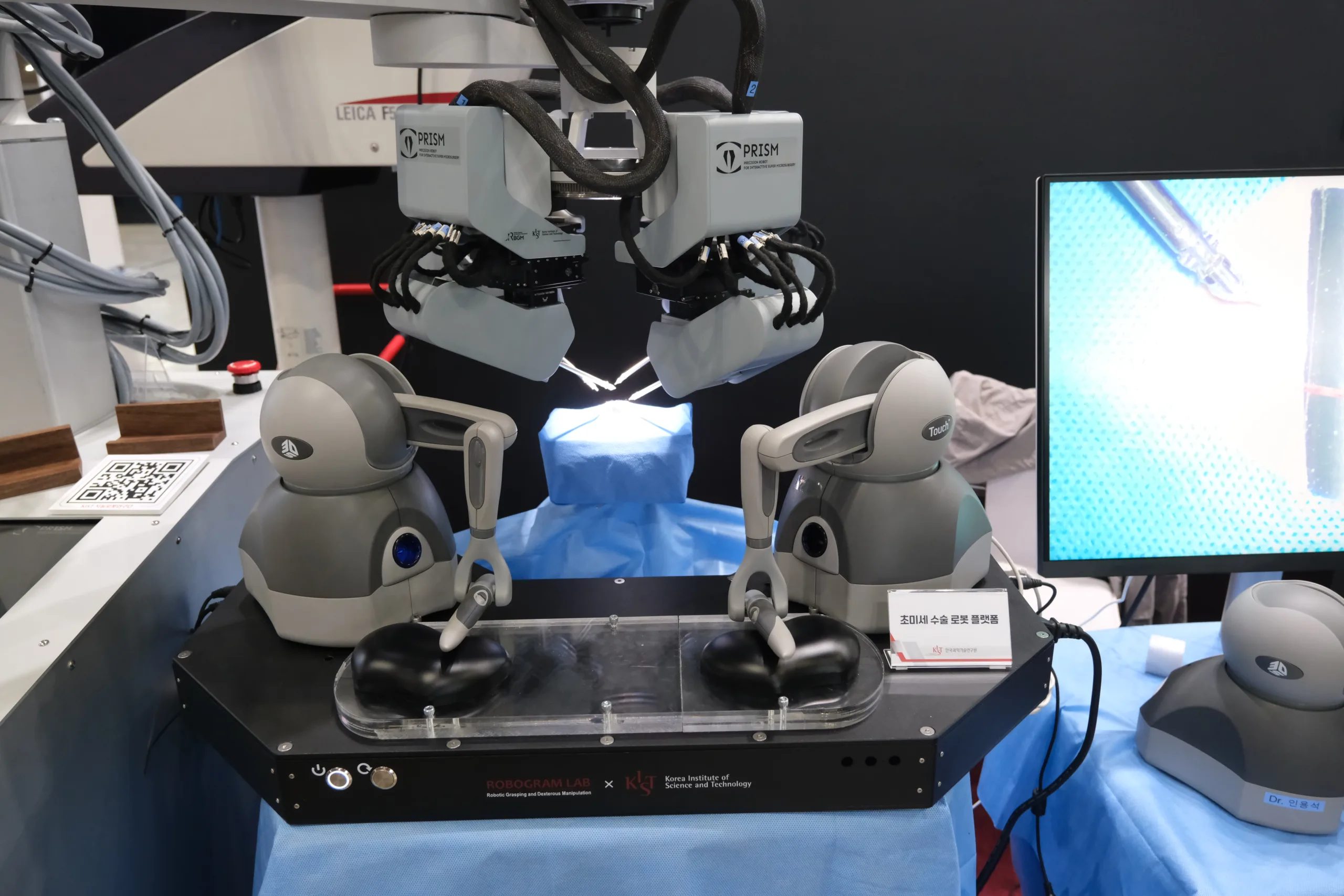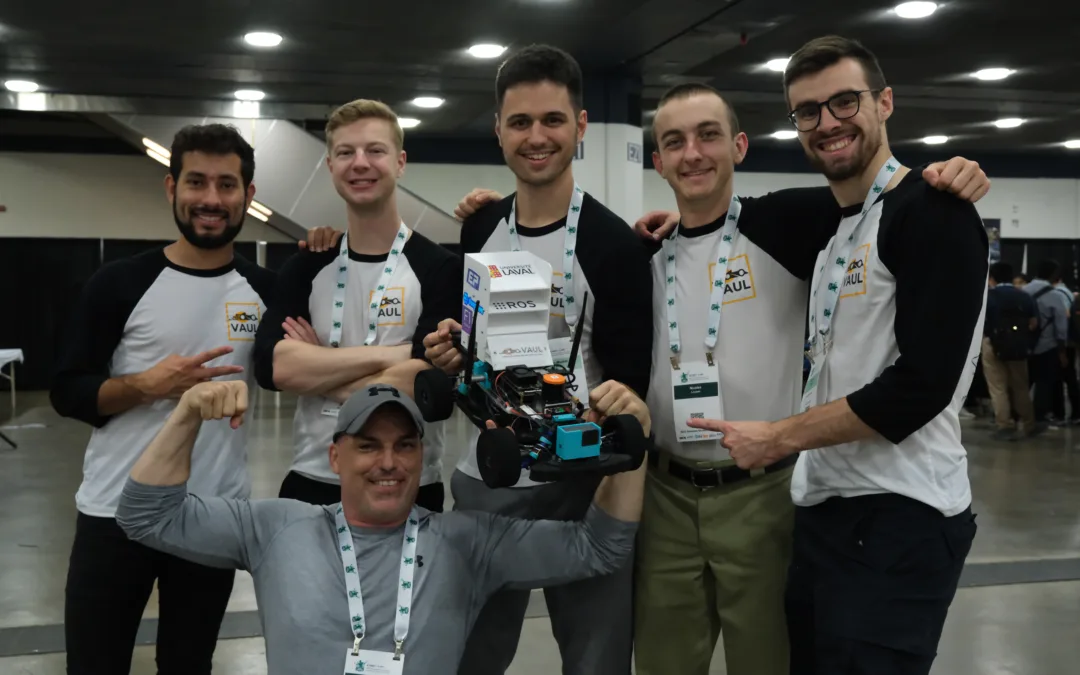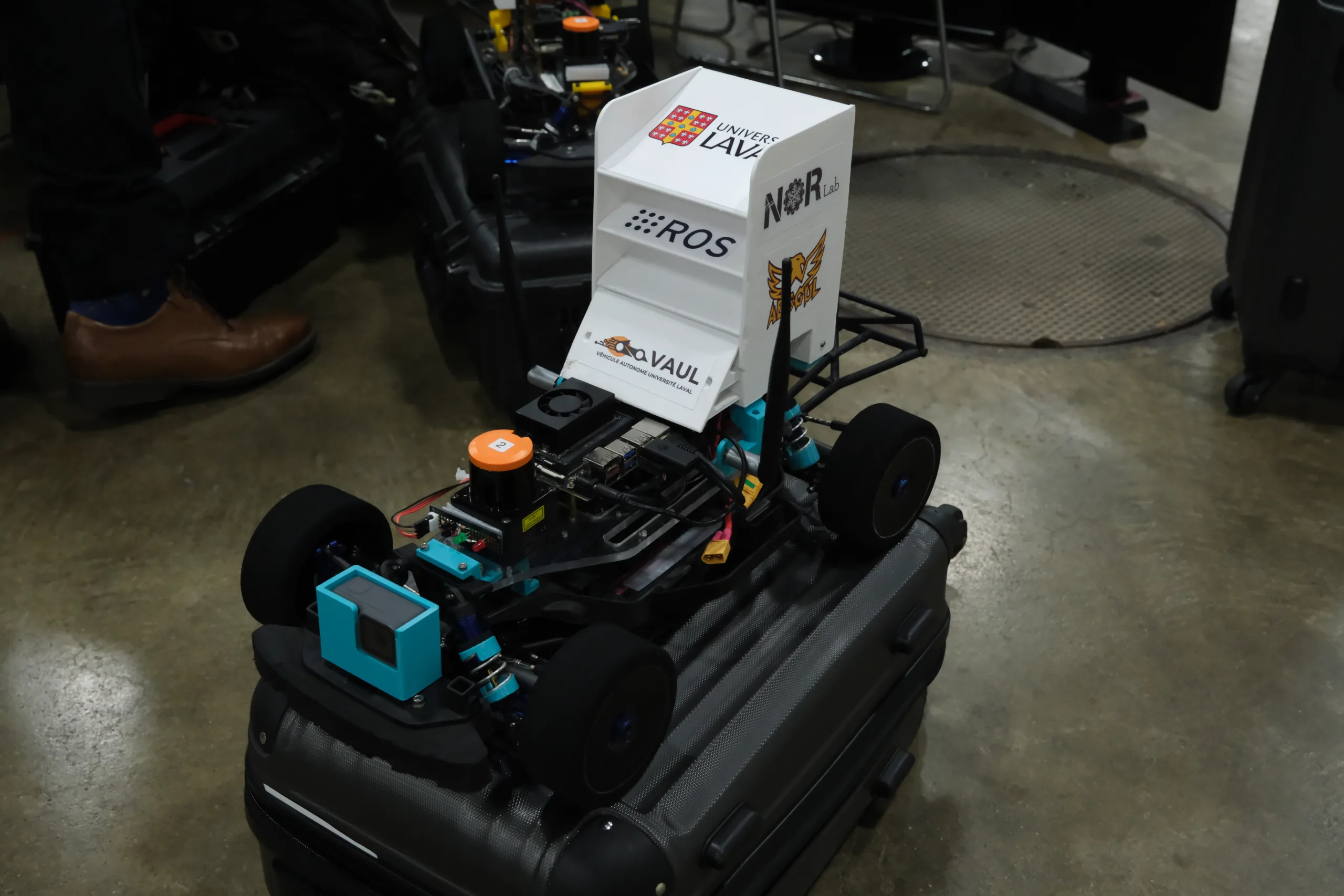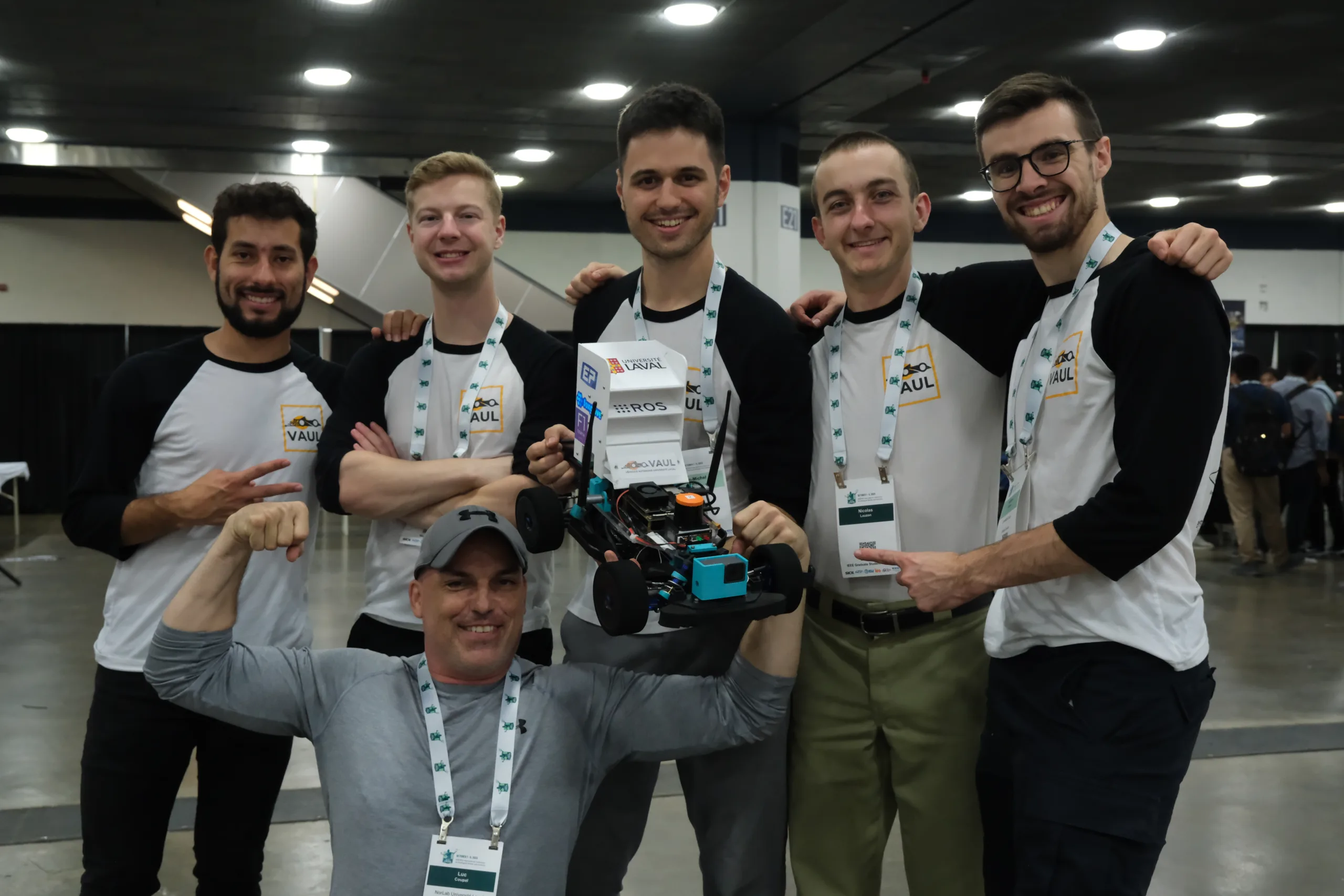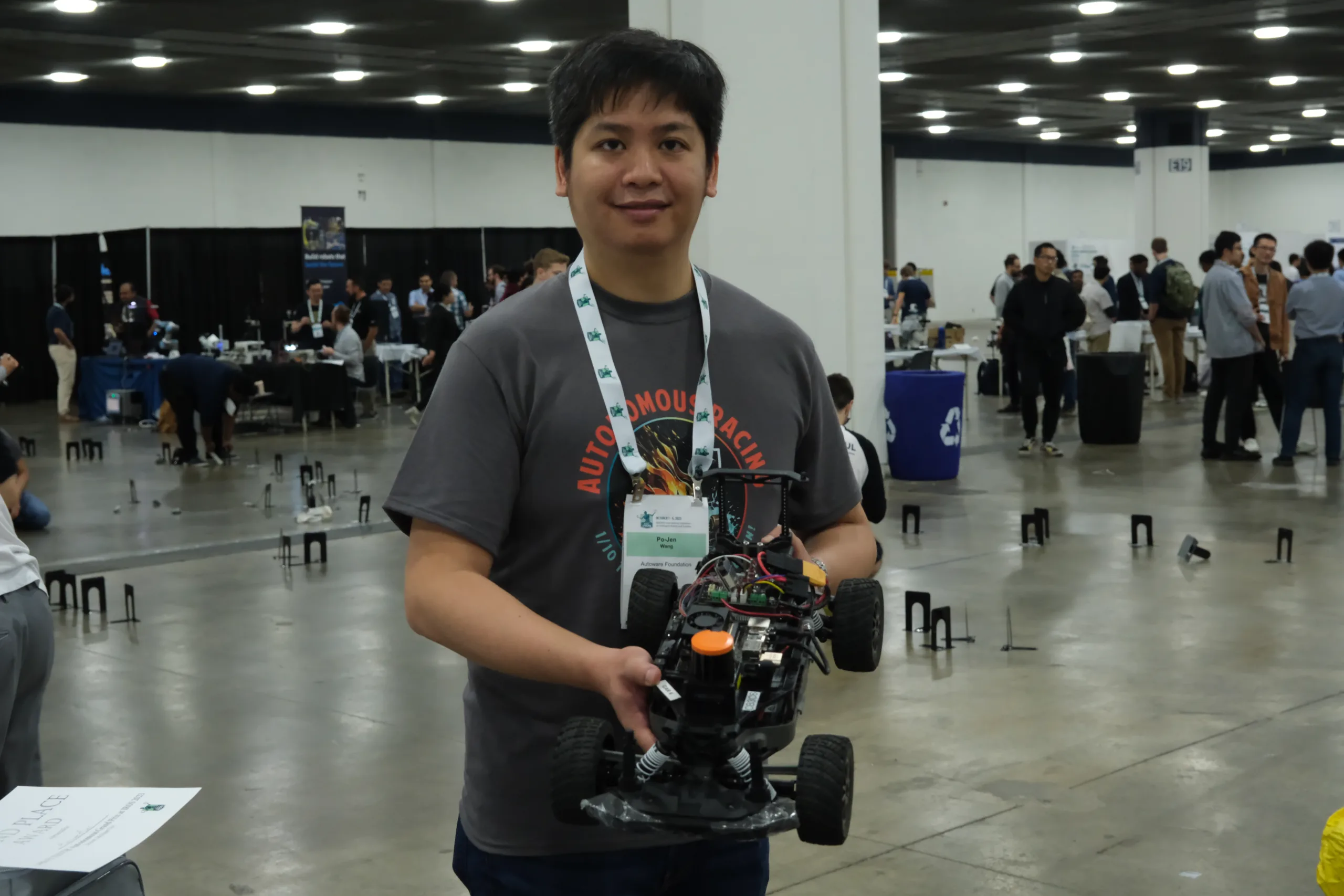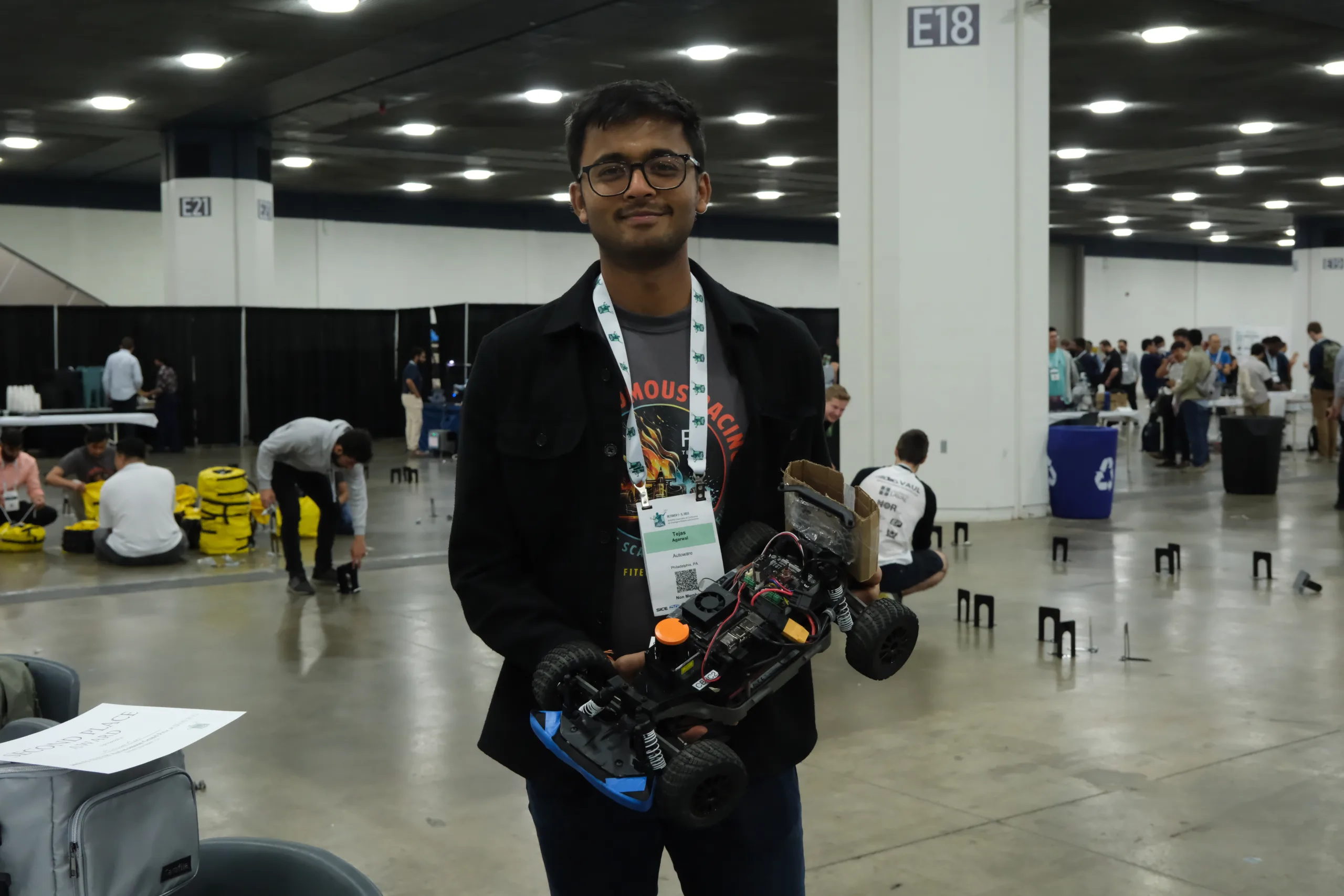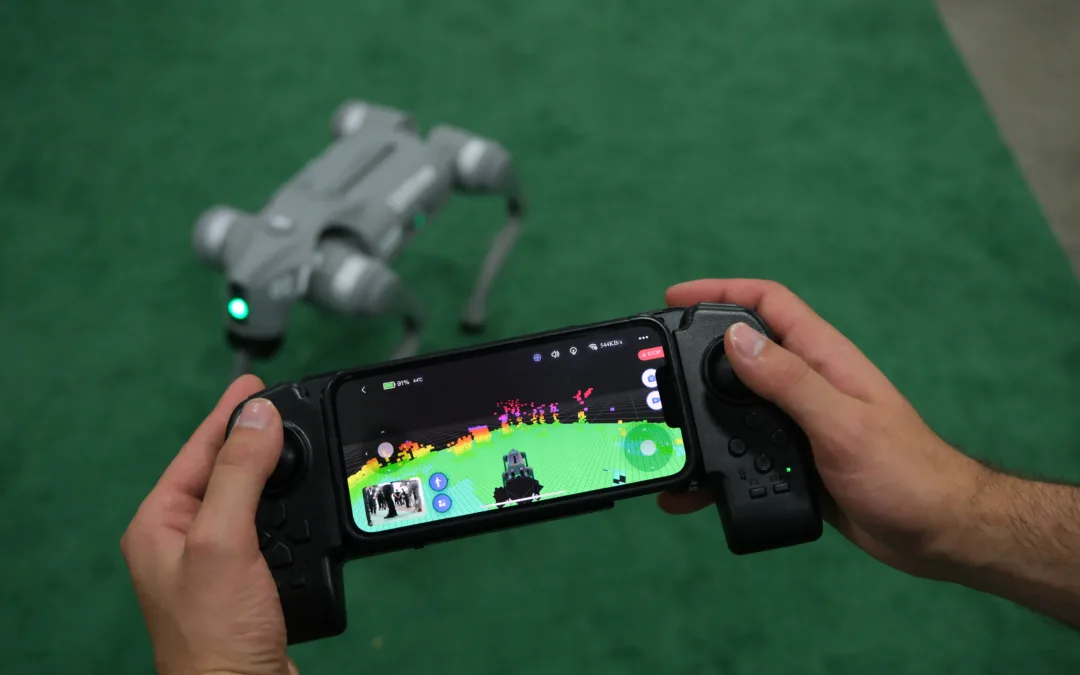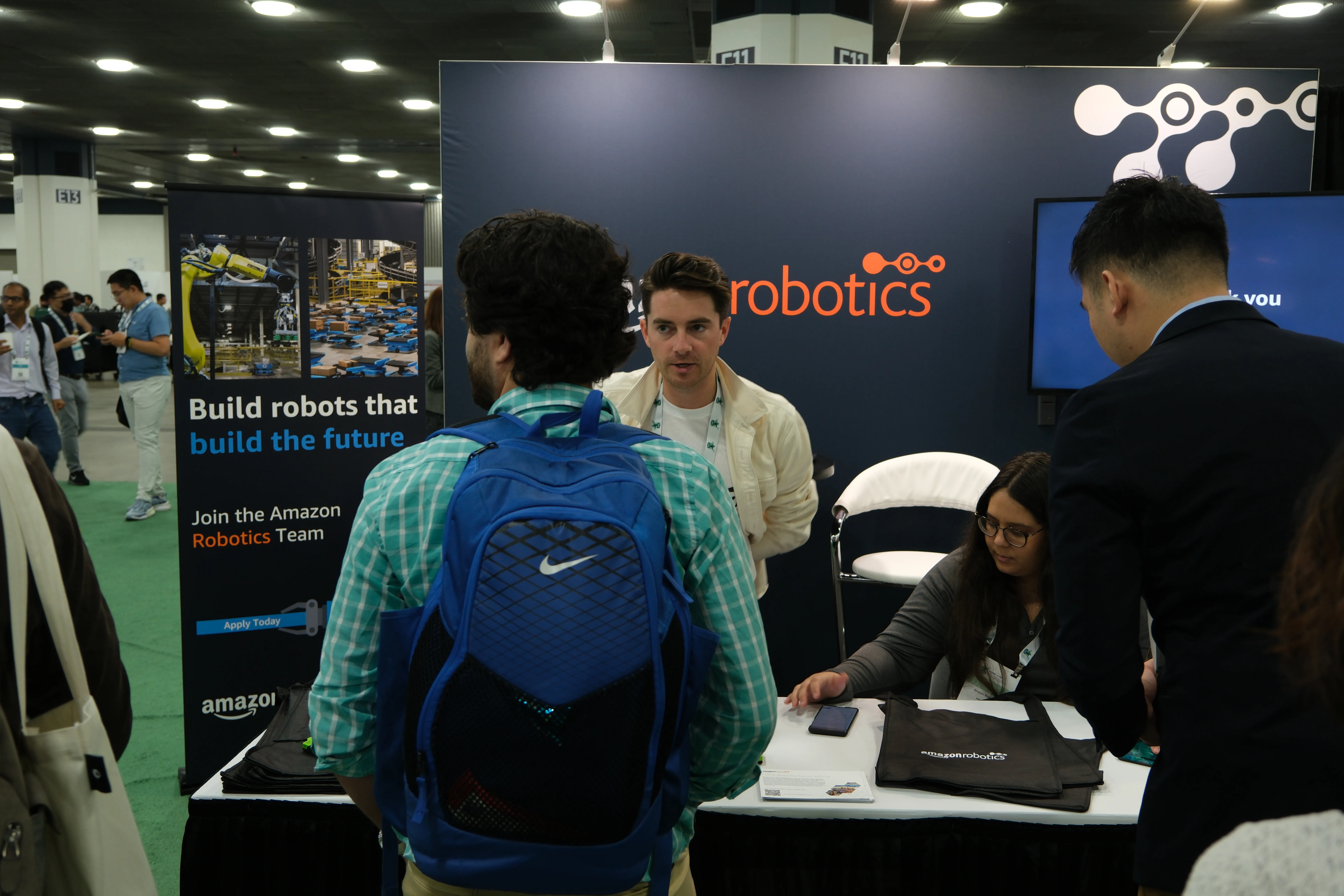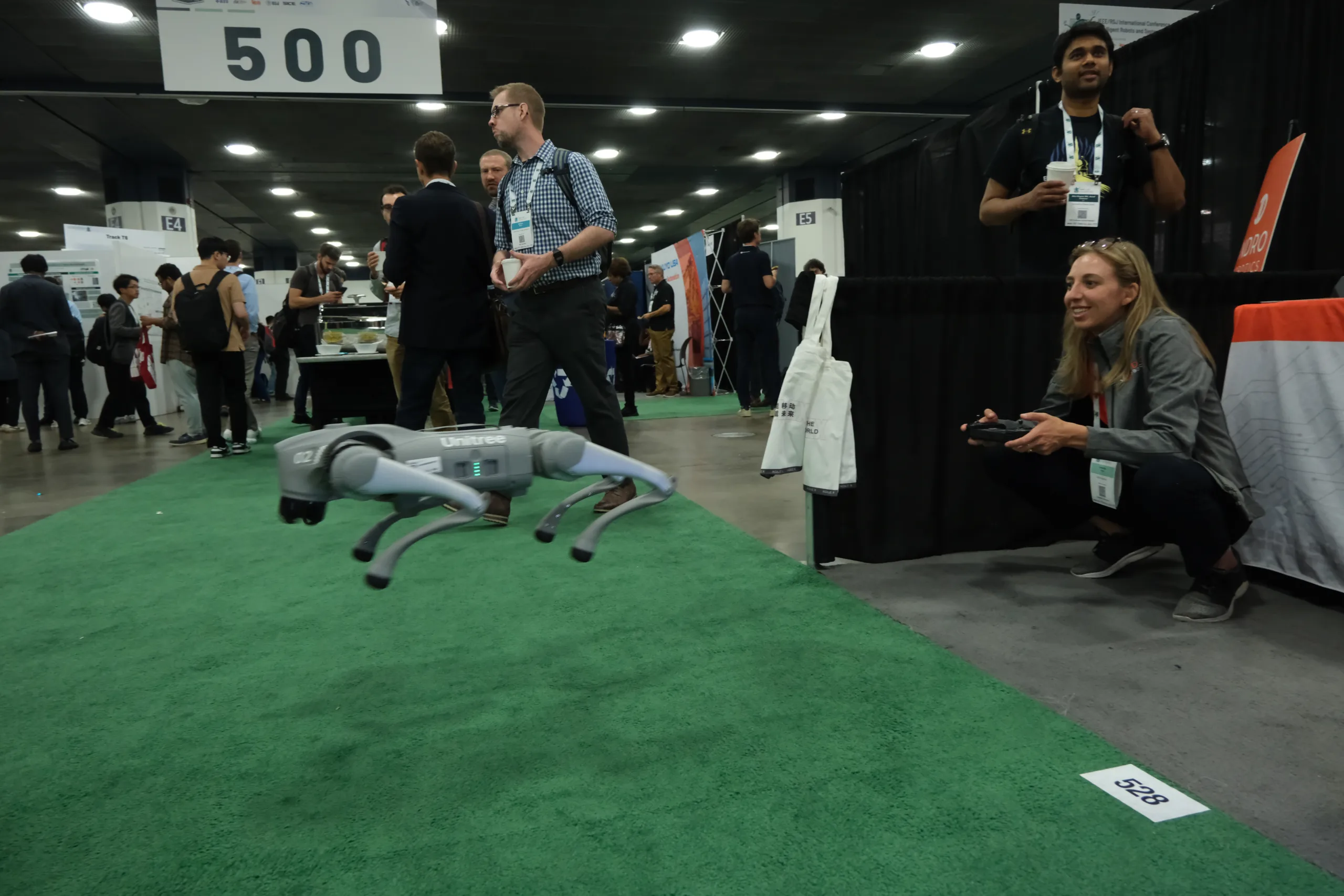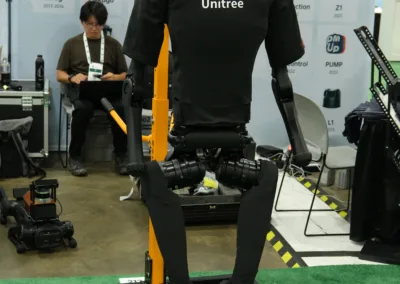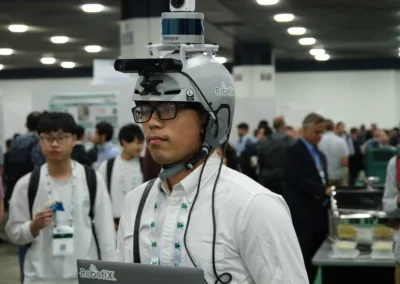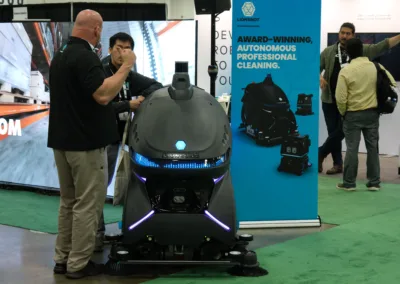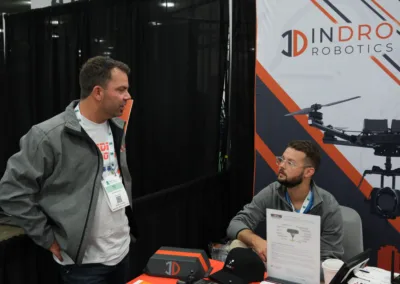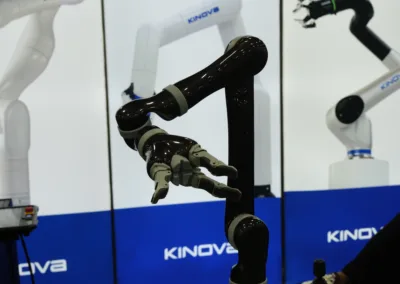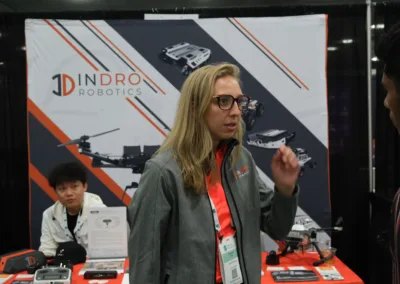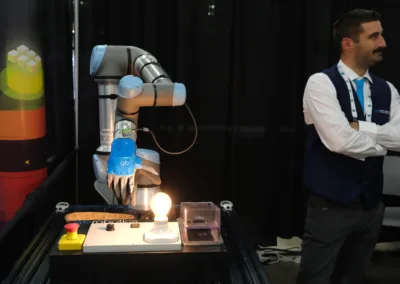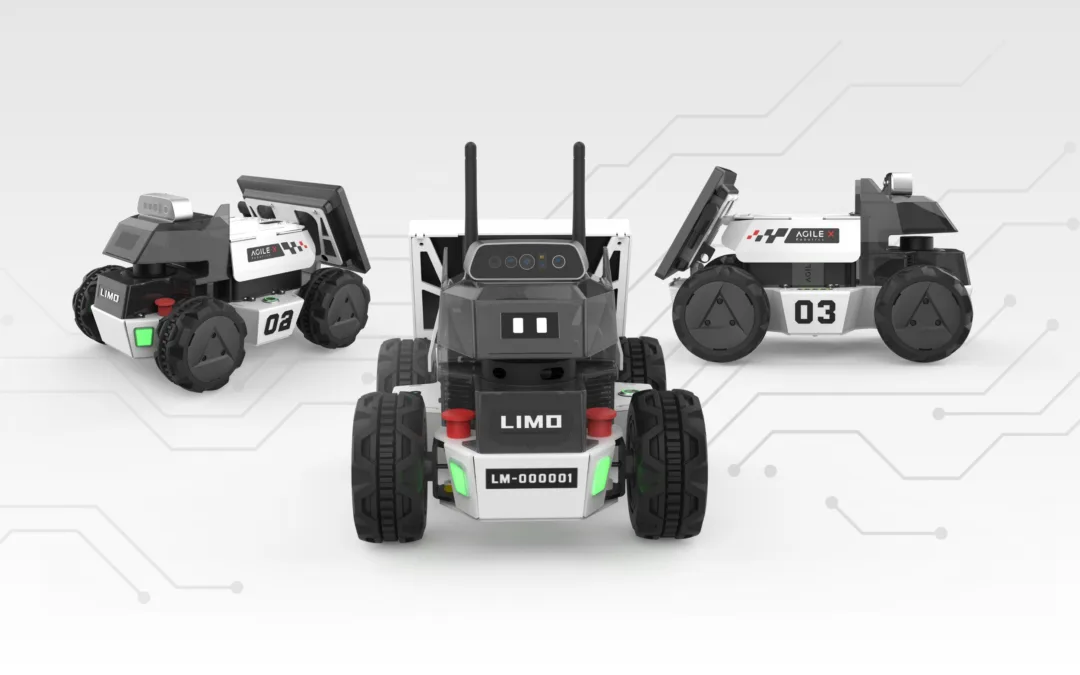
New LIMO Pro, ROS2 models bring advanced abilities to R&D
By Scott Simmie
There’s a new robot in town. Actually, there are two of them.
They’re small but mighty. In fact, numerous universities and robotics labs already use their predecessor for high-level research. That original robot, the AgileX LIMO, was a game-changer when it came to an affordable and flexible platform. Boston University currently has a fleet of LIMOs running custom algorithms and simulations related to how real-world autonomous vehicles will interact in the Smart Cities of the future. (It’s really cool research, and you can read all about it here.)
That first LIMO was truly a ground-breaker – and remains an excellent R&D research platform. But now, AgileX has taken things further. Two new versions of LIMO offer advanced hardware, software, runtime – and capabilities.
Below: The original LIMO that started it all…
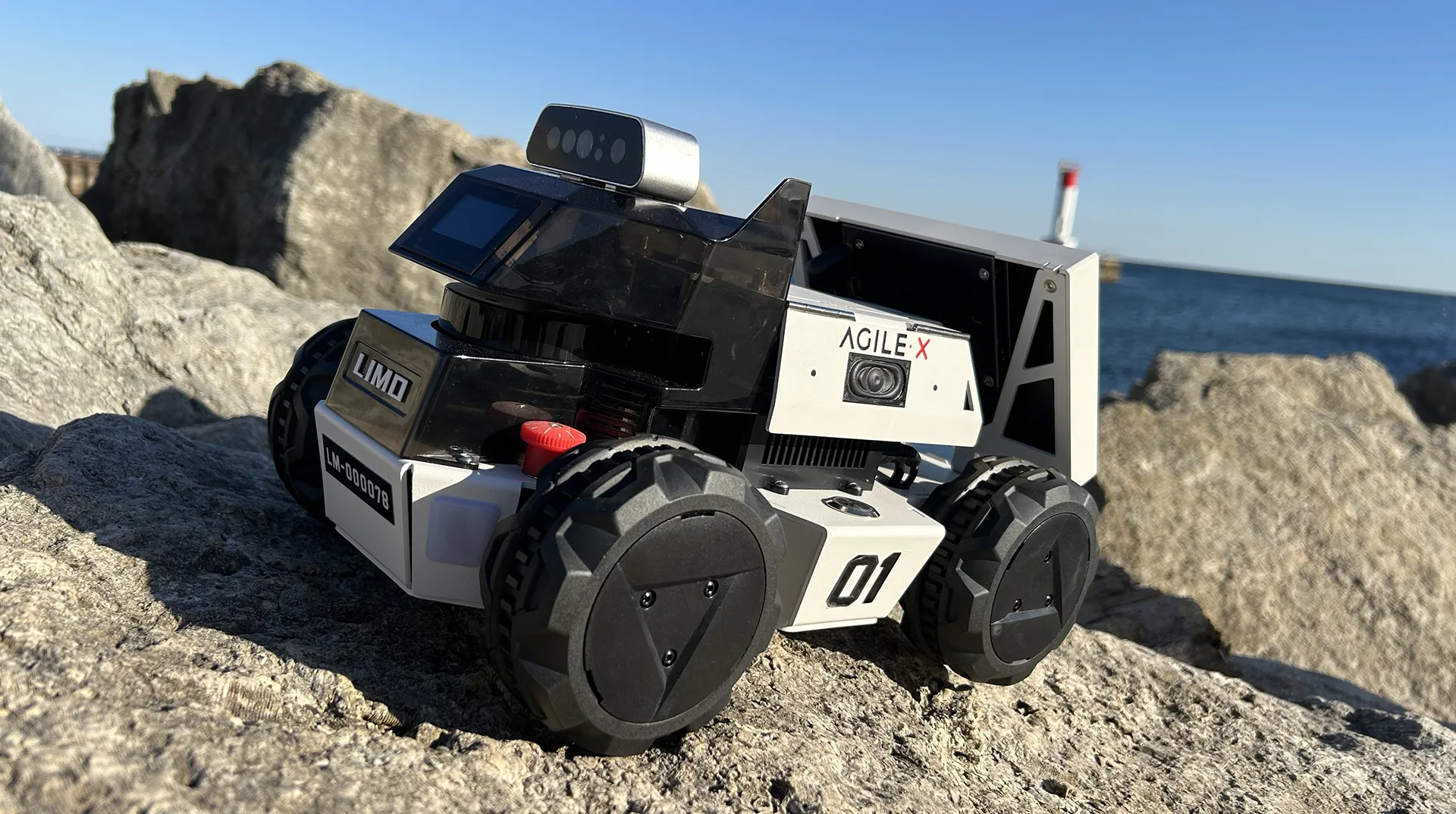
MAIN FEATURES
Before we get into the significant changes incorporated into the new models, it’s worth looking at some of the strong features common to all members of the LIMO family. For starters, each LIMO has four steering modes: Omnidirectional steering, tracked steering, Ackerman and four-wheel differential.
All LIMOs are equipped with obstacle detection. Multiple onboard sensors can pick up on the size, distance and location of obstacles, allowing the robot to navigate its environment without conflict. The newer LIMO models have significant enhancements here, which we’ll explore in a moment.
Despite their relatively small size – so small an untrained eye might potentially mistake them for a toy – the LIMOs feature a robust, all-metal build and powerful motor. They also feature powerful onboard EDGE computing suitable to pretty much any R&D requirements.
WHO USES LIMO?
There are really two main categories of users, with the first being those in the educational field.
“This is a great tool for anyone looking to learn ROS, because they can do all of the advanced concepts – obstacle detection, SLAM, teleoperation, to name a few,” explains Luke Corbeth, Head of InDro’s R&D Sales Division.
“And we make that really simple through our improved documentation. We’ve basically built a course around it, so it can be used for teaching students.”
The other main group of users, of course, are on the research side of things.
“It’s almost always used in labs for multi-agent systems or multiple robot projects. Because it’s multi-modal, when you’re doing a multi-agent system it can be homogenous or heterogeneous, meaning you use different steering in different robots simultaneously.”
Dimensions of all versions of LIMO are identical, as seen below.

MEET THE NEW LIMOS
The original LIMO is still a great robot – and is currently in use by many universities. But AgileX didn’t rest on its laurels. In response to the availability of new technologies – along with a wish-list from existing clients – the company has taken things further with its new LIMO PRO and the LIMO ROS2.
“Obviously as research in autonomy advances, so do the computational requirements,” explains Corbeth. “So it’s very important as a robotics manufacturer to stay ahead of the curve so that the hardware meets up with the current research requirements of the day.”
To that end, the new versions feature upgrades on computational power, sensors and run-time.
“The big difference is in compute – we’re moving from the Jetson Xavier to the Jetson Orin Nano on the LIMO PRO and the INTEL NUC on the LIMO ROS2. Both of these are actually massive upgrades.”
The Orin Nano is a very powerful EDGE computer. That power translates into more stable multi-sensor data fusion and speed with SLAM (Simultaneous Localization and Mapping) processing.
Speaking of SLAM, the LIMO PRO and LIMO ROS2 come with a new LiDAR unit. While the original LIMO used the very capable EAI X2L unit, the new versions come with the EAI T-mini Pro.
“Plus, the battery in the new unit goes from an hour of run-time to 2-1/2 hours – with a standby of four hours,” adds Corbeth.
SOFTWARE
Not surprisingly, the two new versions also feature some software upgrades. The LIMO PRO and ROS2 versions come with Ubuntu 20.04 (the original LIMO runs version 18.04). In terms of ROS (Robot Operating System) libraries, the first generation LIMO is outfitted with ROS1 Melodic. The LIMO PRO features both ROS1 Noetic and ROS2 Foxy. The LIMO ROS2 has ROS2 Humble onboard.
Already have some of the first-generation LIMOs in your lab? No problem.
“The new models can co-exist with the original LIMO,” says Corbeth. “And if the computing demands are higher than previous applications, it makes sense of have a blend of models.”
The graphic below outlines the feature sets of the three models:
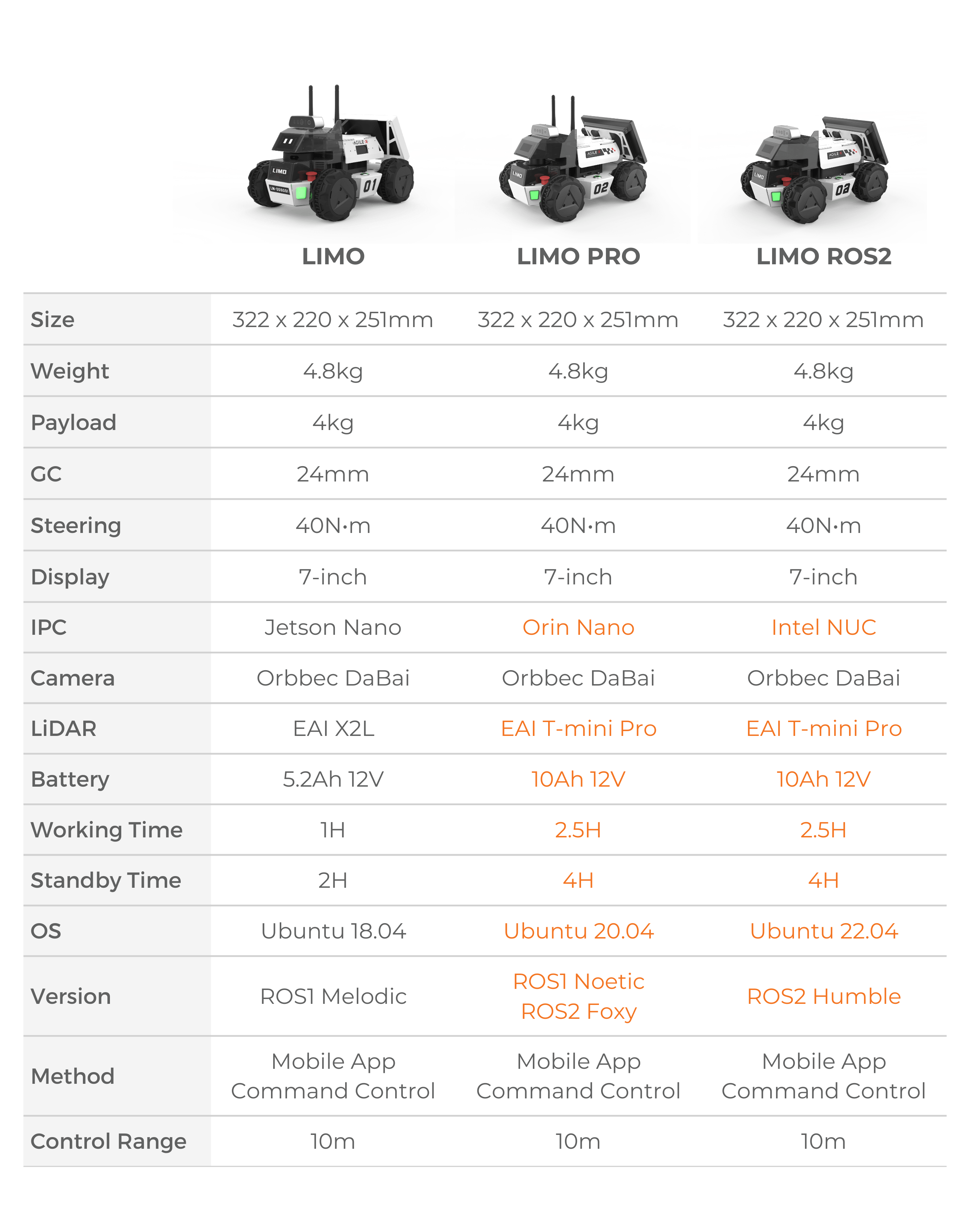
INDRO’S TAKE
InDro Robotics has a lot of clients who have put the original LIMO to use in labs and educational institutes across North America. Boston University has a very large fleet of LIMOs deployed – hard at work on multiple research projects related to Smart Cities and autonomous vehicles. They’ve proven to be a robust, cost-effective tool for high-level research.
And now, with the fresh release of LIMO PRO and LIMO ROS2, there are two more affordable options.
“This is a significant development for anyone looking to expand their current fleet of LIMOS, as well as those who have been waiting in the wings for an upgrade,” says Corbeth. “These are incredibly powerful and versatile robots/research tools, with the added bonus that the entire line is very affordable.”
If you’re interested in learning more, InDro Robotics is the exclusive distributor of AgileX in Canada, as well as a distributor for all of North America. We have built excellent documentation and manuals to assist users ranging from beginning to expert – and all of that added value and support comes with every purchase made through InDro.
For more information from someone who really knows their stuff, contact Luke Corbeth here.

